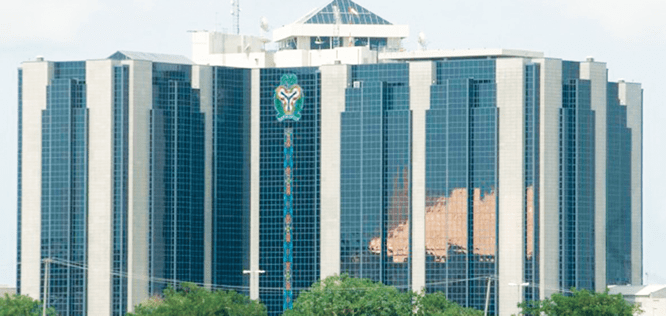
The Central Bank of Nigeria recorded a significant decline of N4.145tn in net loans and receivables in 2024, driven primarily by a reduction in its overdraft exposure to the Federal Government and changes across other loan categories.
According to the apex bank’s audited financial statements, net loans and receivables at the bank level dropped from N16.122tn in 2023 to N11.977tn in 2024. At the group level, the figure declined from N15.091tn to N10.959tn, reflecting a N4.132tn drop.
The most substantial adjustment came from the overdraft extended to the Federal Government under the Ways and Means provision.
The Ways and Means provision in Nigeria refers to the CBN’s practice of extending temporary advances to the Federal Government to cover short-term funding gaps. Governed by Section 38 of the CBN Act, 2007, this facility allows the government to borrow up to 5 per cent of its previous year’s actual revenue.
However, this limit was exceeded under the previous administration, leading to concerns about fiscal discipline and monetary policy implications.
In response to the growing concerns over the excessive use of the Ways and Means facility, the National Assembly approved the securitisation of N22.7tn of these advances in 2023.
This move effectively converted the short-term overdrafts into long-term debt instruments, aiming to mitigate inflationary pressures and restore monetary stability.
Also, the Federal Government repaid a part of this obligation, with reports indicating that N7.3tn has been paid back so far. This repayment aligns with the government’s commitment to reducing reliance on central bank financing and enhancing fiscal responsibility.
This facility, which stood at N7.948tn in 2023, was scaled down to N3.268tn in 2024, a sharp reduction of N4.679tn or 58.89 per cent. The decline aligns with Governor Yemi Cardoso’s reform stance and a shift away from fiscal dominance, following years of criticism over the central bank’s role in deficit financing.
The PUNCH earlier reported that the CBN’s earnings from the Federal Government’s overdraft facility declined from N1.6tn in 2023 to N3.1bn in 2024. Also notable was a major increase in the CBN’s Standing Lending Facility, which grew from N29.431bn in 2023 to N386.904bn in 2024.
The CBN’s SLF serves as a critical tool for managing short-term liquidity within the banking sector. It allows authorised financial institutions to borrow funds from the CBN to address temporary liquidity shortages, ensuring stability in the financial system.
Although relatively small within the total portfolio, the increase indicates renewed activity in the interbank lending space. Long-term loans also rose by N712.673bn, from N2.009tn in 2023 to N2.722tn in 2024, suggesting sustained CBN participation in select financing programmes with extended maturities.
In contrast to intervention-based programmes that saw widespread contraction, certain legacy and operational exposures remained stable or expanded slightly. Notably, AMCON Notes rose from N3.902tn in 2023 to N4.136tn in 2024, an increase of N234.096bn.
These notes remain a key part of the CBN’s financial system stabilisation efforts and are backed by a sinking fund arrangement. The “Other Loans” category, which includes legacy or miscellaneous lending not classified under specific programmes, declined marginally at the group level by N8.722bn, from N539.377bn to N530.655bn.
